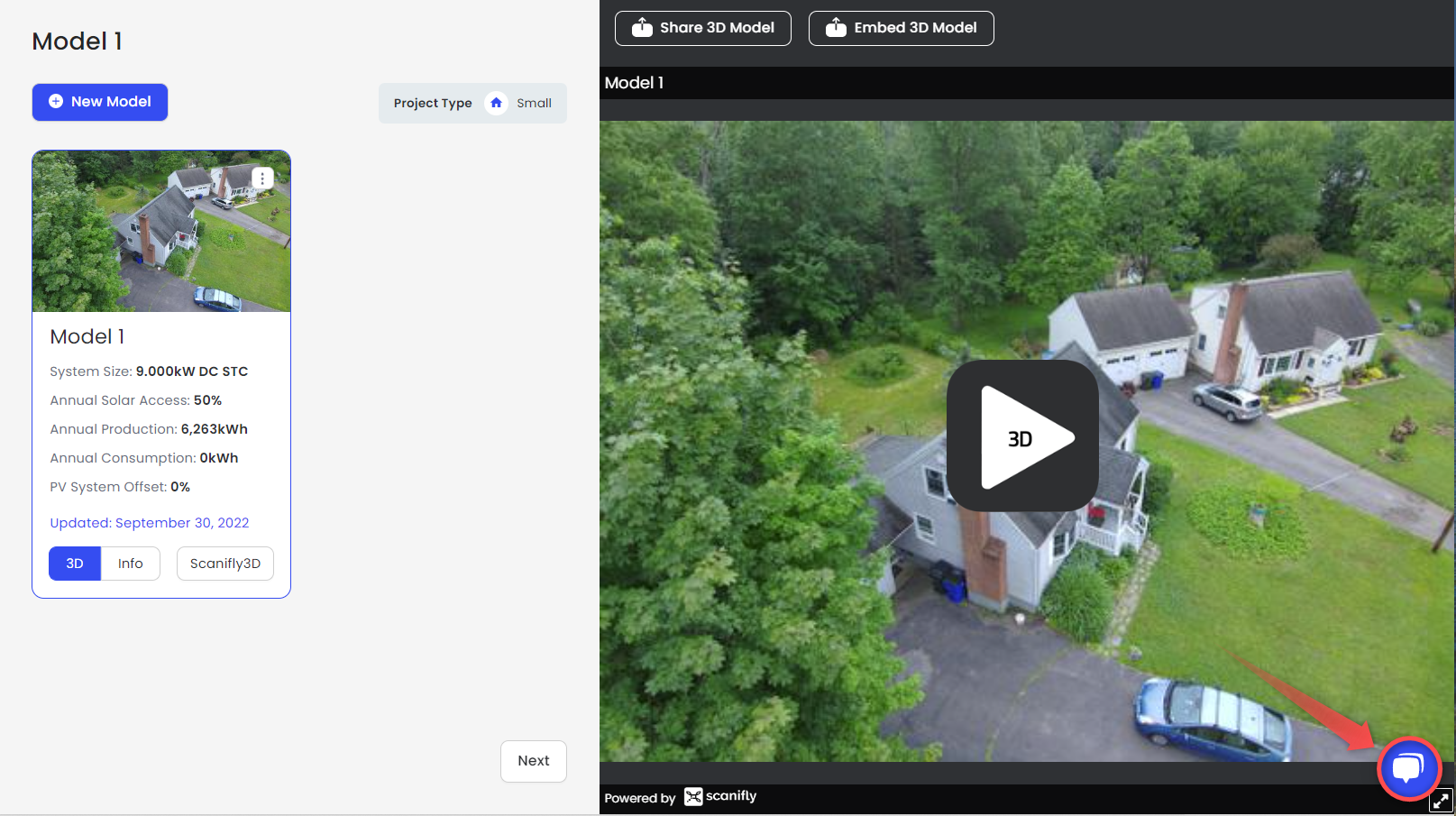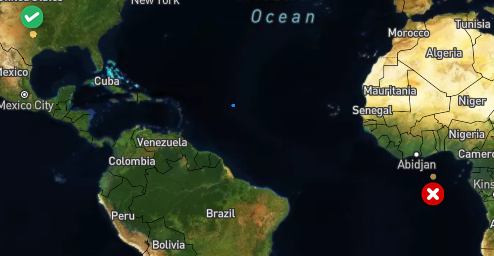Project Error
You uploaded your project, waited for it to process, and now it is showing a red "Error" on the thumbnail. What's next?
If you are seeing an Error on your project, reach out to our Customer Chat portal on the bottom right of your screen. There, our support staff should be able to either fix your model with a reprocess, or tell you why the project errored and which next steps you need to take.

Why did my project error out?
Errors can be caused due to a number of factors, which is why it's important to reach out to us so that we can determine if it is something that can be fixed in Scanifly, or if it will require a re-fly of the site.
Imagery without Geotag
On occasion, due to satellite positioning, uncalibrated GPS on the drone, or other factors, one or several photos taken on site will not get a geotag. When that happens, it is assigned the location Coordinates 0,0 commonly referred to as Null Island. If your project errors and your drone images map looks similar to the image below, it is due to one or more non-geotagged images. If there is a significant amount of non-geotagged images in your dataset, check the steps mentioned in the What is a Geo-tagged image? article. Reaching out to our support team is always a good step to take as well. 
Image Quality
Poor quality images can cause projects to result in an error. The types of images that can cause errors can be found in our article, Do Not upload These Images To Scanifly.
We recommend spending a few minutes looking through the images you have taken so that you can remove any obvious problematic images before uploading to Scanifly. This can save you a lot of time, since an errored project that is able to be fixed via reprocess will still take an additional upload process to complete.
Drone Flight Quality
Let's say that all of your pictures look fine and have no issues with them. They can still cause a project to error if there is excessive overlap within the images or orbits. Make sure that your orbits are spaced out, and that your individual images are not too bunched up next to each other. For more info on this, check out our Example Residential Imagery article.